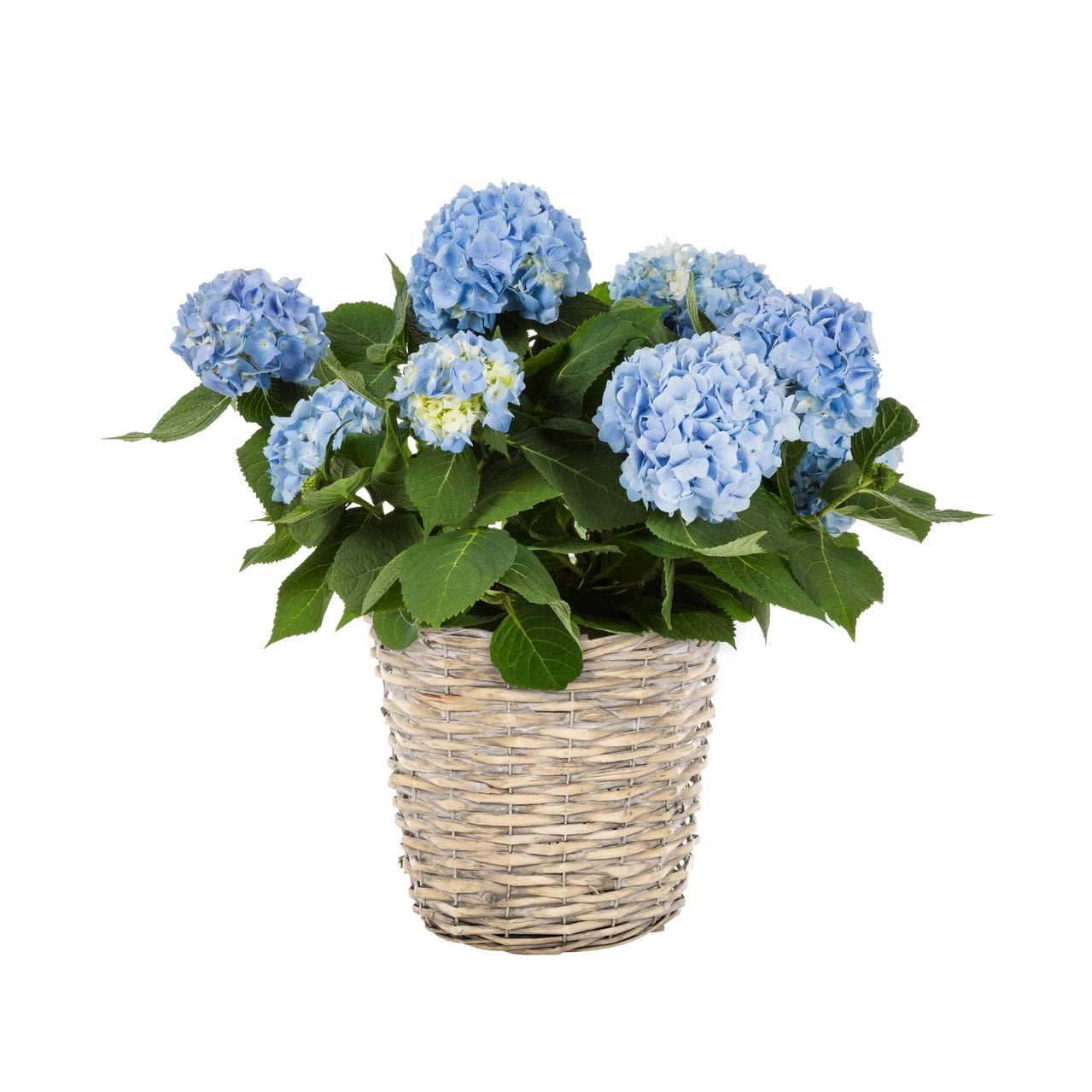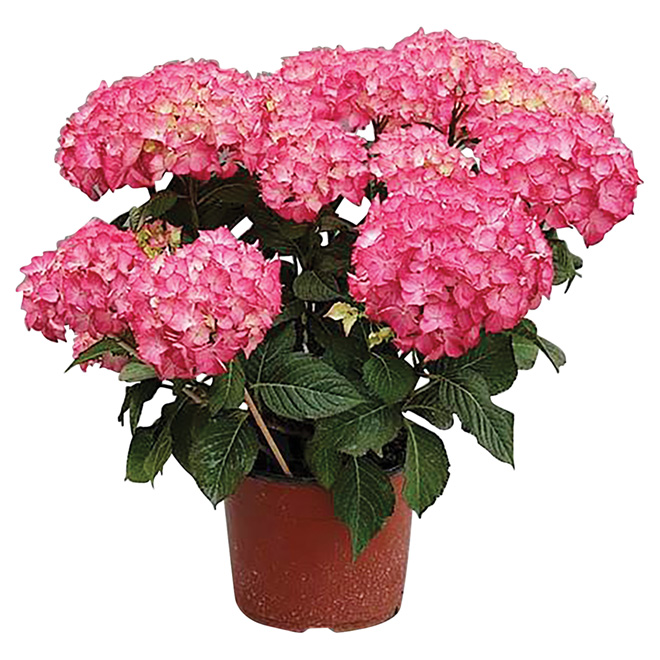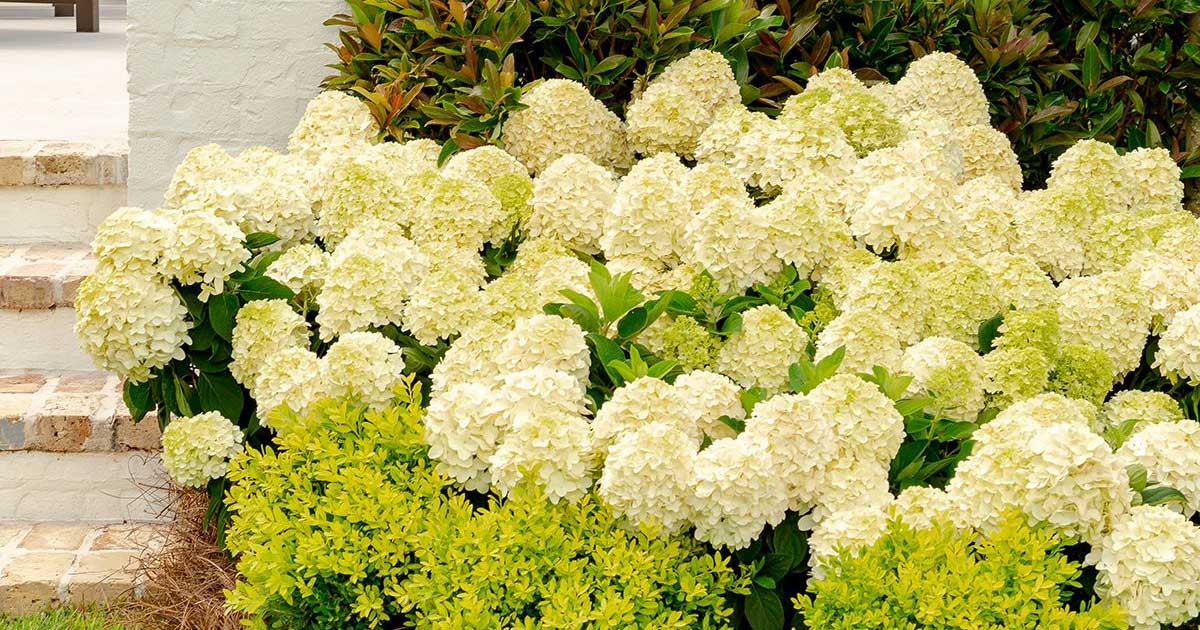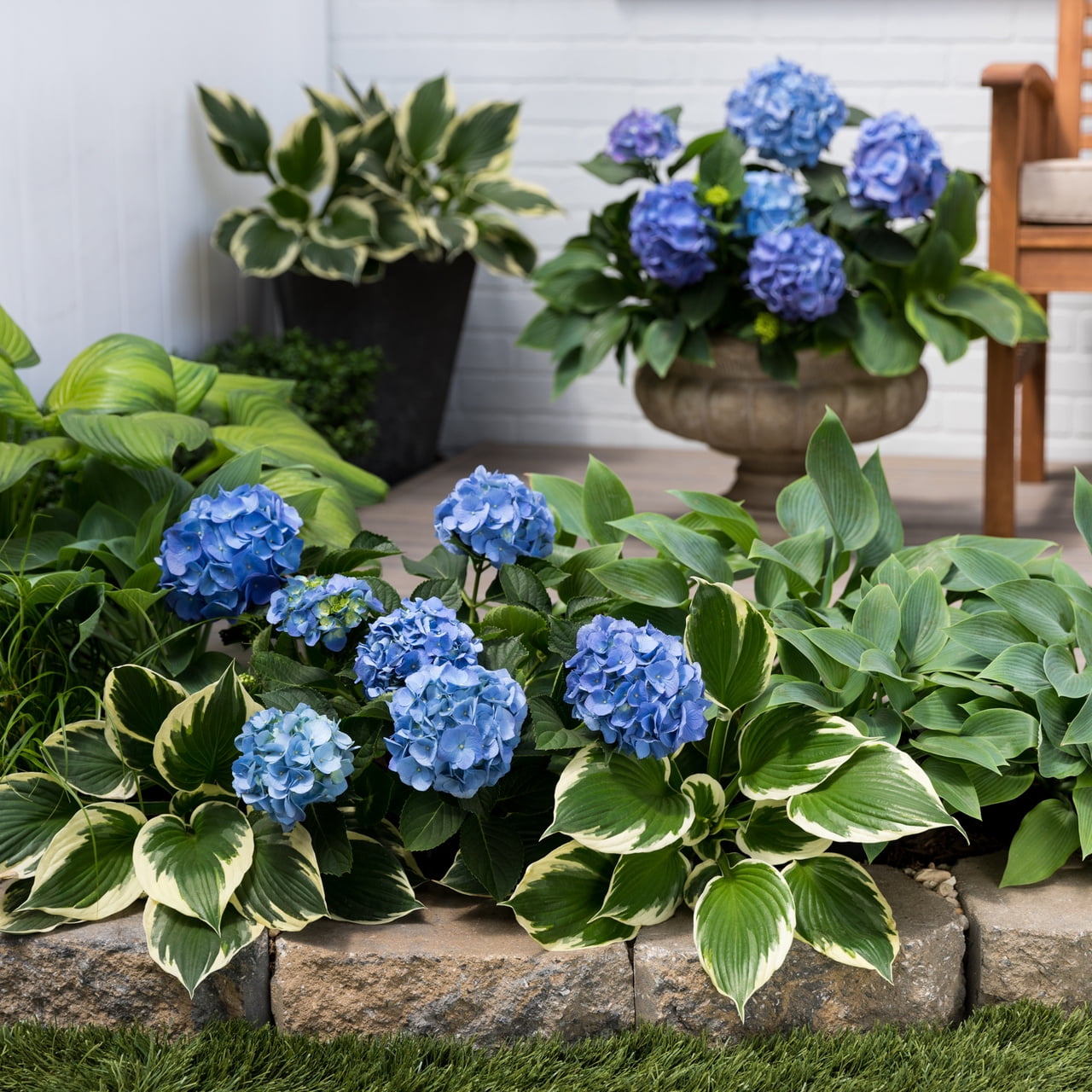Easter Hydrangeas: The Perfect Bloom For Your Spring Celebrations
Easter is a time for new beginnings, and what better way to celebrate than with the beautiful blooms of Easter hydrangeas? These flowers are a symbol of abundance, gratitude, and peace, making them the perfect addition to any Easter celebration.
Easter hydrangeas are typically in bloom during the early spring months, just in time for Easter. They come in a variety of colors, including pink, blue, purple, and white. The color of the blooms depends on the acidity of the soil in which the hydrangea is planted. In alkaline soil, the blooms will be blue, while in acidic soil, they will be pink.
Easter hydrangeas are relatively easy to care for. They prefer full sun to partial shade and moist, well-drained soil. They should be watered regularly, especially during hot, dry weather. To encourage blooms, fertilize Easter hydrangeas with a balanced fertilizer in the spring and fall.
Easter hydrangeas can be planted in the ground or in pots. If you are planting them in the ground, choose a location that receives full sun to partial shade. The soil should be moist, well-drained, and slightly acidic. If you are planting them in pots, choose a pot that is one size larger than the root ball of the hydrangea. The pot should have drainage holes in the bottom.
Easter hydrangeas can be propagated by taking cuttings in the spring or summer. To take a cutting, choose a healthy stem that is about 6 inches long. Make a clean cut just below a node. Remove the bottom leaves from the cutting and dip it in rooting hormone. Plant the cutting in a pot of moist potting mix. Keep the potting mix moist and place the pot in a warm, sunny location. The cutting should root in about two to four weeks.
Easter hydrangeas are a beautiful and easy-to-care-for plant that is perfect for adding a touch of springtime to your Easter celebrations. With their vibrant colors and abundant blooms, Easter hydrangeas are sure to brighten up any home or garden.
Here are some additional insights and updates about Easter hydrangeas:
- Easter hydrangeas are native to East Asia.
- The scientific name for Easter hydrangea is Hydrangea macrophylla.
- Easter hydrangeas can grow up to 6 feet tall.
- The blooms of Easter hydrangeas can last for several weeks.
- Easter hydrangeas are a popular choice for cut flowers.
- Easter hydrangeas can be toxic to pets.
If you are looking for a beautiful and easy-to-care-for plant to add to your Easter celebrations, then Easter hydrangeas are a great option. With their vibrant colors and abundant blooms, Easter hydrangeas are sure to brighten up any home or garden.
Easter hydrangeas are a popular choice for springtime blooms, but did you know that they're actually not native to the Easter season? These beautiful flowers are typically forced to bloom out of season in order to be available for sale around Easter, which can make them more expensive and less hardy than other types of hydrangeas.
If you're looking for a long-lasting and reliable hydrangea that will bloom in the summer, I recommend visiting . This website has a wealth of information about Easter hydrangeas, including their history, care requirements, and different varieties. You can also find helpful tips on how to force Easter hydrangeas to bloom at the right time of year.
FAQ of easter hydrangea
- What is an Easter hydrangea?
Easter hydrangeas are hydrangeas that are forced to bloom early, typically around Easter. This is done by manipulating the plant's day length and temperature. Easter hydrangeas are not a separate species of hydrangea, but rather a type of mophead hydrangea (Hydrangea macrophylla) that has been forced to bloom early.
- When should I plant an Easter hydrangea?
Easter hydrangeas can be planted in the spring or fall. If you plant them in the spring, they will bloom the following summer. If you plant them in the fall, they will bloom the following spring.
- How do I care for an Easter hydrangea?
Easter hydrangeas need full sun to partial shade and well-drained soil. They should be watered regularly, especially during the first year after planting. Easter hydrangeas are not as cold-hardy as other types of hydrangeas, so they may need to be protected from frost in colder climates.
- What color will my Easter hydrangea bloom?
The color of your Easter hydrangea's blooms will depend on the acidity of the soil. In acidic soil, Easter hydrangeas will bloom blue. In alkaline soil, they will bloom pink. You can change the color of your Easter hydrangea's blooms by adjusting the acidity of the soil.
- How can I deadhead my Easter hydrangea?
To deadhead your Easter hydrangea, simply remove the spent blooms. You can do this by hand or with a pair of shears. Deadheading will encourage your Easter hydrangea to produce more blooms.





Post a Comment for "Easter Hydrangeas: The Perfect Bloom For Your Spring Celebrations"